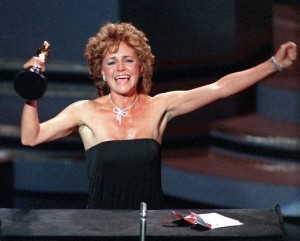The Subjective Side of Web Design
 In the sciences, there are facts and formulas, in mathematics, equations. Lawyers have documents and laws and mechanics fix broken things. Only in creative professions can you do things right but still potentially get it wrong. Website design is one of those professions in which the subjective opinion of the viewer – whether they simply “like” the site or not – can determine success or failure, even when “the mechanics” are correct.
In the sciences, there are facts and formulas, in mathematics, equations. Lawyers have documents and laws and mechanics fix broken things. Only in creative professions can you do things right but still potentially get it wrong. Website design is one of those professions in which the subjective opinion of the viewer – whether they simply “like” the site or not – can determine success or failure, even when “the mechanics” are correct.
The Like-Factor of a Website
The “like-factor” of a website, a prosaic way of characterizing emotional resonance, is not something you measure; not in the way of analytics or best practices. It is the sum of what makes a website interesting for humans to experience. It’s about stimulating the senses and creating positive associations through a unique combination of images, colors, interactivity and words. A successful website, by this definition, is one in which the like-factor is present for the greatest quantity of people.
The like-factor is the most natural thing in the world; it’s a personal, visceral reaction that is hard to deny. Many non-designers with whom I’ve worked “know it when they see it,” but often can’t articulate what defines their like-factor.
One of the reasons RainCastle urges our clients to include key decision-makers in our preparatory meetings is that we employ a process for ascertaining the differences in like-factors. Employing our process increases our likelihood of a positive outcome.
Is the Website Design You Like What Your Client Needs?
The power of the like-factor often defies left-brain logic. Sometimes our client’s client, who is really the audience for whom we are designing the website, has completely different needs than our client. Therefore our client’s criteria for their own like-factor is different from their client, who is the actual user of the website.
A hypothetical example: Let’s say our client is a software security vendor selling to an audience looking for safety, stability and risk-aversion. We might suggest a fairly conservative design with cool colors, clean lines and confident business imagery, which, in our experience, tends to work well for this audience. Meanwhile, our client is excited about their software with powerful new features and an ultra-modern user interface, and her (it can be a he, too) like-factor is primed for something “bleeding edge.” It is natural for her to “go with her gut” and choose something that will resonate with her, but might not be right for her client. We advise awareness of this potential disparity.
Like-factor is also one of the things that makes web design an exciting, dynamic and challenging profession that so many do, but few do really well.
Photo of Sally Fields’ Oscar speech, “They really like me!” – courtesy of liveinthenameoflove.blogspot.com
